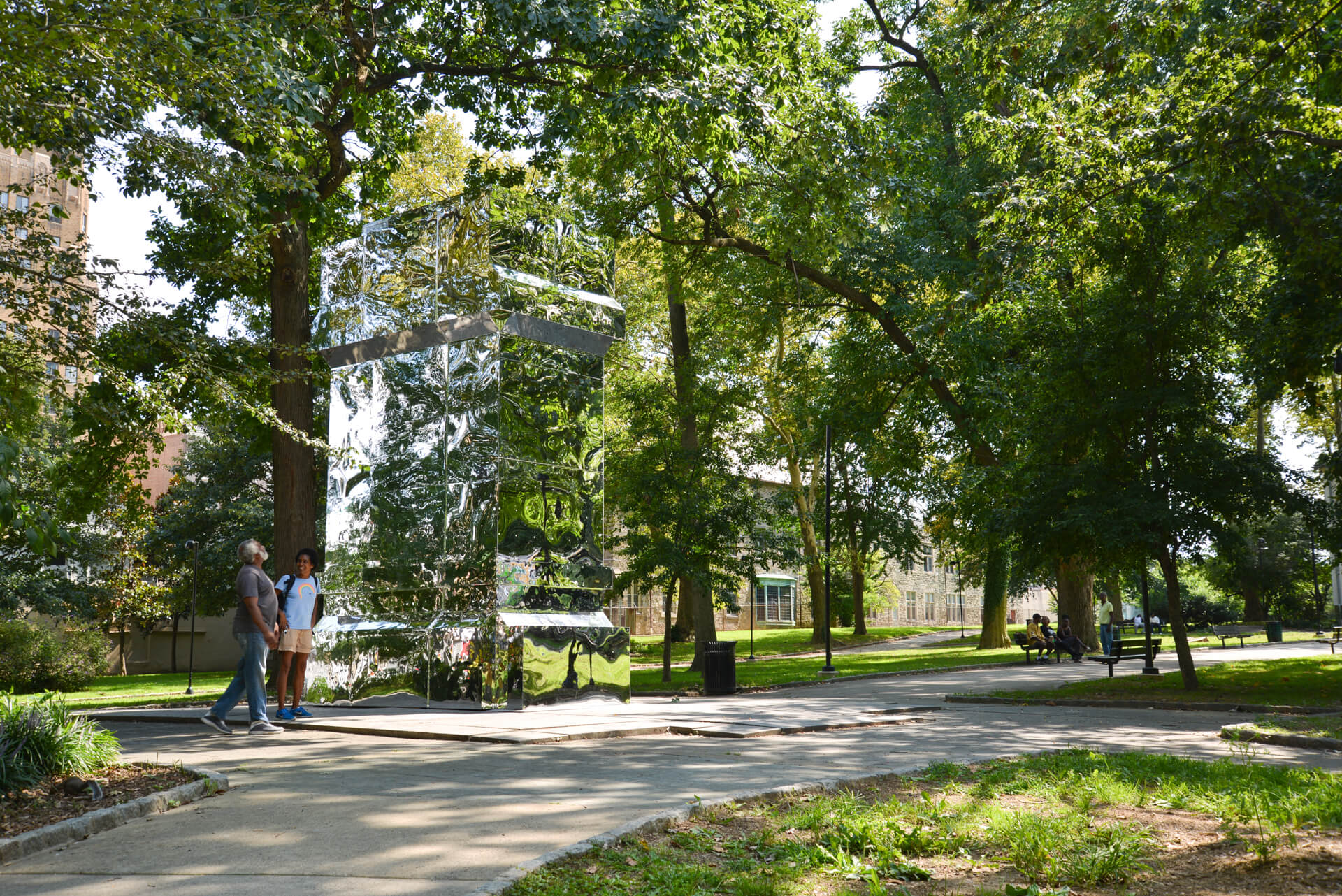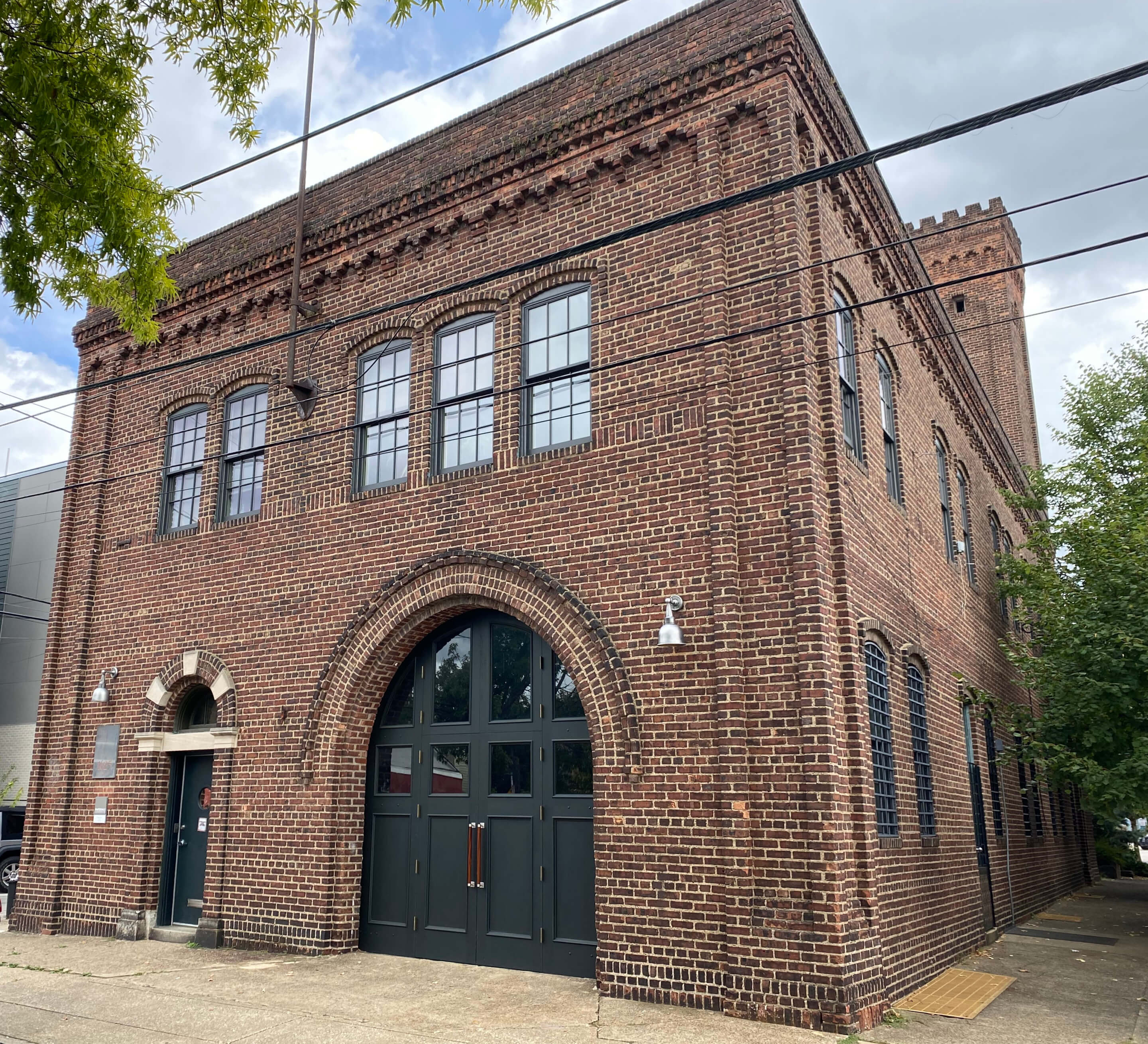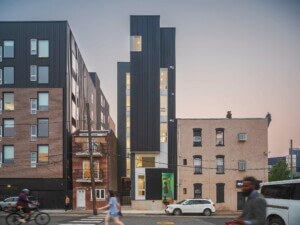A little more than one year ago, Americans took to the streets in the name of antiracism and social justice. Their actions fomented a national conversation about confederate statues that continues unabated; if anything, actions like the city of Richmond, Virginia’s removal of its Robert E. Lee statue in September stand to galvanize critics.
The Lee statue and others like it form only a portion of America’s “commemorative landscape,” according to a new audit produced by the Monument Lab with funding from the Andrew W. Mellon Foundation in New York City. The National Monument Audit is the first of Mellon’s $250-million Monuments Project initiative to come to fruition. Led by Laurie Allen, Paul M. Farber, and Sue Mobley, the audit’s research team analyzed a set of nearly 50,000 monuments to gain new insights into their role in shaping American identity. The monuments profiled in the study are not limited by aesthetic or purpose; essentially any public artwork tied to a specific event, cause, or person was eligible for inclusion.

The group’s findings are stark: Of the top 50 most-represented individuals, half were slave owners, just five are Black or Indigenous, and only three are women. There are more monuments depicting mermaids (22 to be exact) than US congresswomen (only two: Barbara Jordan of Texas and Millicent Fenwick of New Jersey). On the issue of subject matter, American monuments overwhelmingly favor themes of war and conquest. According to the audit, the word “war” is used 13 times more than “peace,” 17 times more than “love,” and 59 times more than “care.” Of the monuments pooled by the study, more than half (29,792) bear attributes of war and weaponry; 33 percent represent war, and a sizable share (5,917) reference the Civil War.
Sue Mobley, co-director of the National Monument Audit and senior research scholar at Monument Lab, admitted that she and her team had anticipated many of the findings. Nevertheless, they did turn up some interesting, if dispiriting, insights. “I was surprised by the extent to which violence and conquest dominated the landscape,” Mobley shared with me. She went on, noting the “dominance in how the heroics of war are rendered singularly, i.e. generals on horses or symbolic figures, while the losses and costs are rendered collectively, through lists of soldiers and sailors from a neighborhood or town who were killed in action.”

The visual motifs she described contribute to a triumphal narrative that quite literally reduces the casualties of war to the equivalent of a footnote. And yet, as the audit makes clear, this narrative’s prevalence in public commemorative art is not uniquely American but is in fact common to all countries with roots in the Western tradition. Ancient Rome was dotted with victory monuments—the Equestrian Statue of Marcus Aurelius, the Column of Trajan, the triumphal arches of Titus, Septimius Severus, and Constantine—that celebrated the spoils of conquest. These commemorative structures functioned as propaganda for imperial expansion, so it’s no surprise that they also served (and continue to serve) as models for American monument-makers.
Maya Lin’s 1982 Vietnam Veterans Memorial was the first monument of its kind to meaningfully break from this triumphalist template. The work is referenced multiple times in the audit as a means of illustrating how a successful monument changes over time (342 names have been added since the memorial’s completion), and it continues to engage the public in a collective experience. While figurative monuments in the triumphal tradition are still built, the most impactful monuments designed and built in the last 40 years—such as the Oklahoma City Bombing National Memorial (2000), the World Trade Center Memorial (2011), and the National Memorial for Peace and Justice (2018), to name a few—are distinctly in the mold of Lin’s memorial. It would not be an overstatement to characterize the Vietnam Veterans Memorial as the catalyst of a critical shift in the way that the American public considers and interacts with public monuments.

Drawing on a decade’s worth of conversations and research about public spaces across the country, the Philadelphia-based Monument Lab defines a monument as “a statement of power and presence in public.” Returning to the audit’s findings, we might wonder what separates the monument from propaganda. Not much, Mobley said: “Monuments really are propaganda as a form and function.” Even shifts in the form—she pointed to the wider application of digital interfaces and overlays in contemporary memorials and monuments—can not escape the fundamental use of the typology to anchor rituals and performance. These acts are far from neutral, Mobley said, and “can certainly contribute to, rather than resist, propagandizing. Look at the formulaic ‘unveiling’ rituals for many confederate monuments, for example.”
The National Monument Audit asks its audience to reckon with numerous uncomfortable truths in its key findings, the first of which turns one of the central concepts behind monuments on its head; meaning is always subject to change. The historical figures depicted in monuments meant to endure for centuries evolve into allegories or symbols. Or they may just as easily be forgotten; or, conversely, an unsavory aspect of their history may come to light. In some instances, their removal is requested and in others, it’s required, as happened on July 9, 1776, five days after the country’s founding, when citizens brought down an effigy of King George.
“Monuments suppress far more than they summon us to remember; they are not mere facts on a pedestal,” the audit authors write. The assertion is that these works of stone and bronze play an outsized role in promoting certain histories over others. She hopes that through a process of recontextualization we can expose “the editorial choices made in both the initial depictions and later additions as well as make explicit the editorial choices made in the updating and contextualizing [of monuments].”

The audit is sprinkled with calls to action that aim at highlighting specific ways to ensure that monuments serve the best interests of the public. But Mobley also emphasized the complex symbolic space that monuments inhabit and suggested ways for bringing them into everyday public life. “Restoring agency, especially names, where possible, and explicating reasoning are an important part of denaturalizing monuments and other ‘historic’ presentation forms.” And by embracing the ephemeral, participatory nature of monuments we can create public commemorative art that fosters community bonds and shared histories. Idealized historical figures, equestrian statues—these monuments are dead; long live monuments.
Anna Marcum is an architectural historian and preservationist based in Brooklyn, New York. She is the Director of Research and Preservation at Village Preservation.










